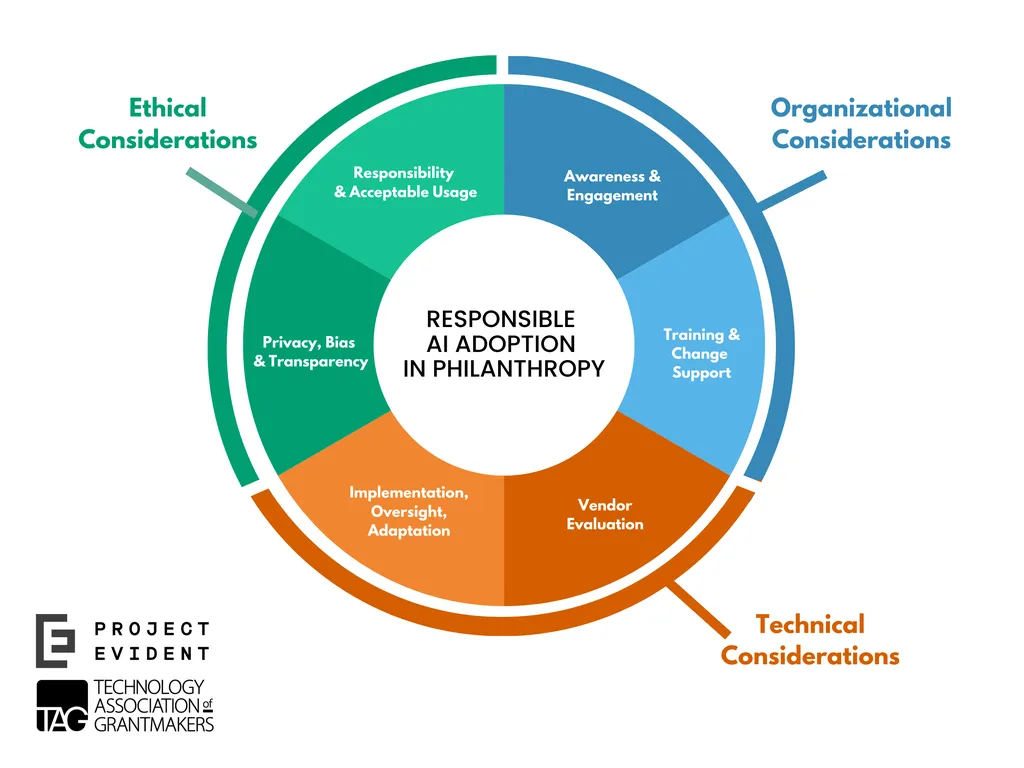In an era where artificial intelligence is increasingly integrated into military operations, the ethical and operational challenges of AI-driven target engagement have become paramount. Researchers Clara Maathuis and Kasper Cools have introduced a novel collateral damage assessment model designed to ensure responsible and transparent decision-making in AI systems used for target engagement. Their work addresses a critical gap in the field, offering a structured approach to evaluating the potential consequences of AI-driven military actions.
The model integrates temporal, spatial, and force dimensions within a unified Knowledge Representation and Reasoning (KRR) architecture. This layered structure captures the categories and architectural components of AI systems, along with the corresponding engaging vectors and contextual aspects. By doing so, it provides a comprehensive framework for assessing the collateral effects of AI-driven engagements.
A key feature of the model is its consideration of spreading, severity, likelihood, and evaluation metrics. These factors are crucial for providing a clear and transparent representation of potential collateral damage. The model’s reasoning mechanisms are designed to enhance decision-making processes, ensuring that AI systems operate within ethical and operational boundaries.
To validate their approach, Maathuis and Cools demonstrated the model through instantiation, serving as a basis for further research. This instantiation highlights the model’s potential to build responsible and trustworthy intelligent systems for military applications. The researchers emphasize that their work is a foundational step toward developing AI systems that can assess the effects of engaging AI in military operations while minimizing unintended consequences.
The implications of this research are significant for the defence and security sector. As AI continues to play a larger role in modern warfare, the need for robust collateral damage assessment models becomes increasingly urgent. This model provides a framework that could be adopted by military planners and policymakers to ensure that AI systems are used responsibly and ethically.
Moreover, the model’s emphasis on transparency and reasoning mechanisms aligns with broader efforts to build trust in AI systems. By providing clear and measurable criteria for assessing collateral damage, the model could help mitigate public and international concerns about the use of AI in military operations.
In summary, Maathuis and Cools’ collateral damage assessment model represents a significant advancement in the field of AI-driven military operations. Its comprehensive approach to evaluating potential consequences offers a blueprint for responsible AI use in defence. As the sector continues to evolve, this model could play a crucial role in shaping the future of AI in military applications, ensuring that technological advancements are accompanied by ethical and operational safeguards. Read the original research paper here.

